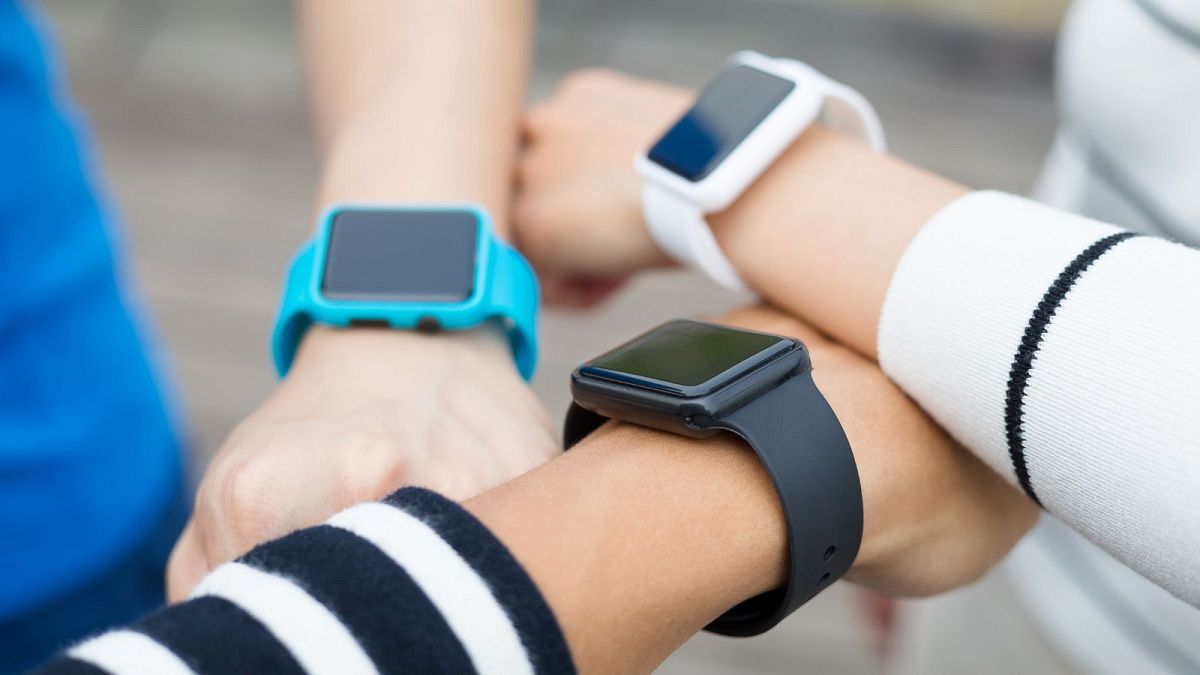Could your wristwatch be a breeding ground for harmful bacteria? A study found that 95% of the time, the answer is yes.
If you’re thinking of an item that you carry everywhere that's full of bacteria, you're probably thinking of your smartphone.
However, in our new post-COVID-19 cleaning routine, there might be an everyday item that we're overlooking: our watches.
In a recent study published in the Advances in Infectious Diseases journal, a team from Florida Atlantic University’s College of Science in the US randomly tested the wristbands of 20 people, each with different textures, to determine which ones harboured the most bacteria.
They discovered that 95 per cent of them were contaminated with potentially harmful bacteria.
Rubber and plastic bands are the most contaminated
Gold and silver wristbands had the lowest amount of bacteria, which was an expected outcome due to the biocidal properties of heavy metals to eliminate harmful organisms.
"Plastic and rubber wristbands may provide a more appropriate environment for bacterial growth as porous and static surfaces tend to attract and be colonized by bacteria," Nwadiuto Esiobu, a professor of biological sciences at the university, said in a statement.
So, what are the risks for watchwearers?
The team specifically looked for bacteria in the Staphylococci, Enterobacteria and Pseudomonas families.
Enterobacteria (or Escherichia coli) is usually found in the intestine. While most E.coli naturally live in the human gut microbiota, some pathogenic strains can cause gastroenteritis or urinary tract infections.
Pseudomonas are found on the skin flora and mucosa and can cause skin infections and irritations. Finally, the most well-known Staphylococci is Staphylococcus aureus, which can cause various infections, pneumonia, and food poisoning though other Staphylococci strains are harmless.
For Fitbit wearers, there's additional bad news: those who frequent the gym wearing their smartwatches showed the highest staphylococcal counts.
Even though only a minority of these bacteria are actually pathogens, researchers emphasise the need to sanitise objects, especially when they come into contact with vulnerable or immunocompromised people.
“Even at relatively low numbers, these pathogens are of public health significance,” said Esiobu.
“Importantly, the ability of many of these bacteria to significantly affect the health of immunocompromised hosts indicates a special need for healthcare workers and others in hospital environments to regularly sanitise these surfaces,” he added.
Guidelines for restricted areas, such as operating rooms, typically forbid wearing watches and jewellery for this exact reason.
70% alcohol disinfectant efficient in 30 seconds
The good news is that taking care of your watch is quite simple. A common disinfectant with 70 per cent ethanol, the standard sanitiser, has been proven effective in killing 99.90 per cent of bacteria in thirty seconds.
Researchers also tested apple cider vinegar, which is often advertised as a "more natural" and "do-it-yourself" disinfectant.
Although it reduced the number of bacteria, it was less efficient, required a longer time - several minutes - to take effect, and was ineffective against some strains.
Watches are not the only everyday items concerning researchers.
“Other potential forms of bacterial transmission and facilitation of infection, such as earbuds or cell phones, should be similarly studied,” said Esiobu.



